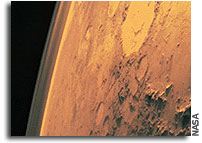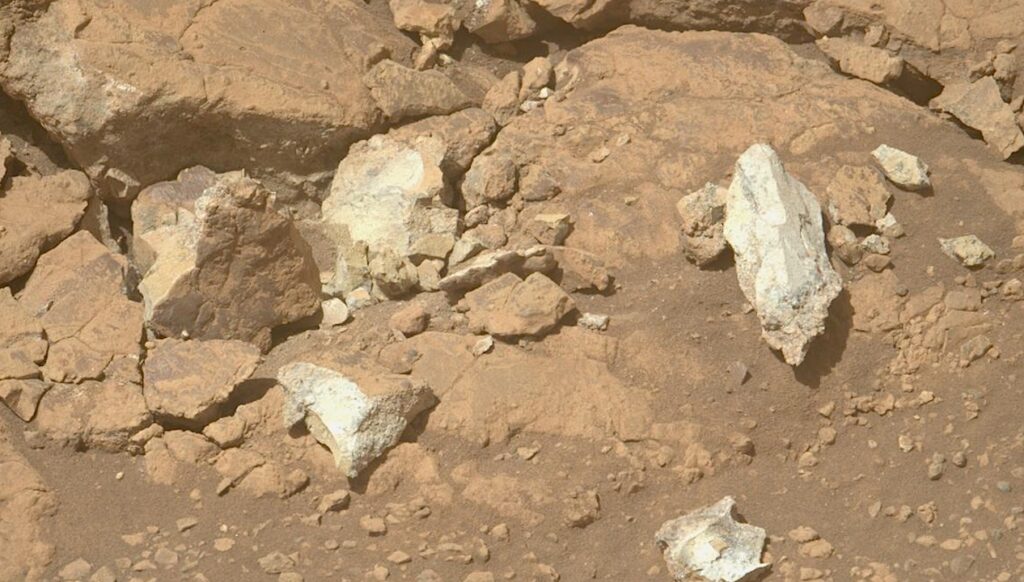Mars 2020 Will Continue Search for Habitability

How habitable was Mars in the past? Since the Curiosity rover touched down on Mars in August 2012, it has helped answer a few of these questions in the area surrounding its equatorial landing site of Gale Crater.
Mars 2020, as it’s currently called, will have improved instruments over Curiosity. The new rover is heavily based on the Curiosity design, and as with its predecessor it will be able to search for habitable environments.
Mars 2020’s success will depend heavily on the seven instruments the rover is expected to carry to the Red Planet. The shortlisted instruments will have capabilities that range from taking pictures, to doing chemical composition analysis of the surface, to probing for organics, chemicals and carbon dioxide.
Many researchers supported by the Astrobiology Program are involved in the design of the Mars 2020 mission, including the development of instruments that could be on board the rover. One such instrument is Scanning Habitable Environments with Raman & Luminescence for Organics and Chemicals (SHERLOC), which was funded under the Astrobiology Science and Technology Instrument Development (ASTID) element of the Astrobiology Program.








